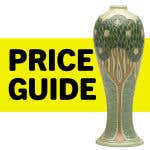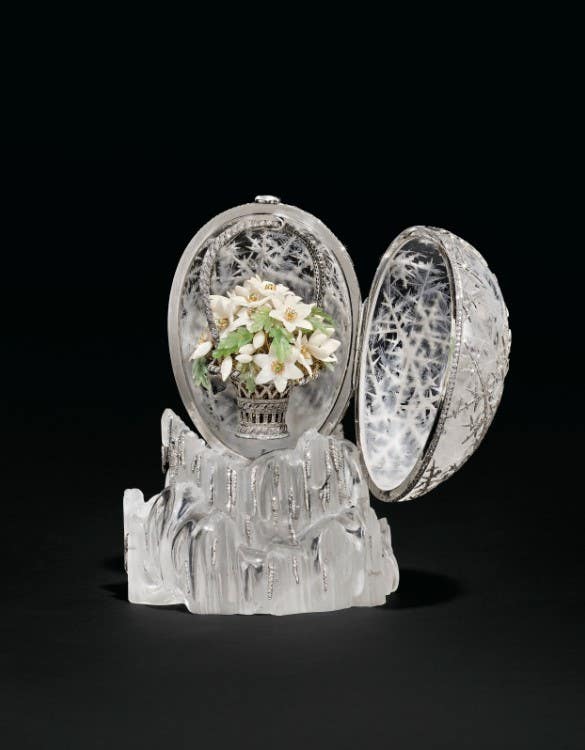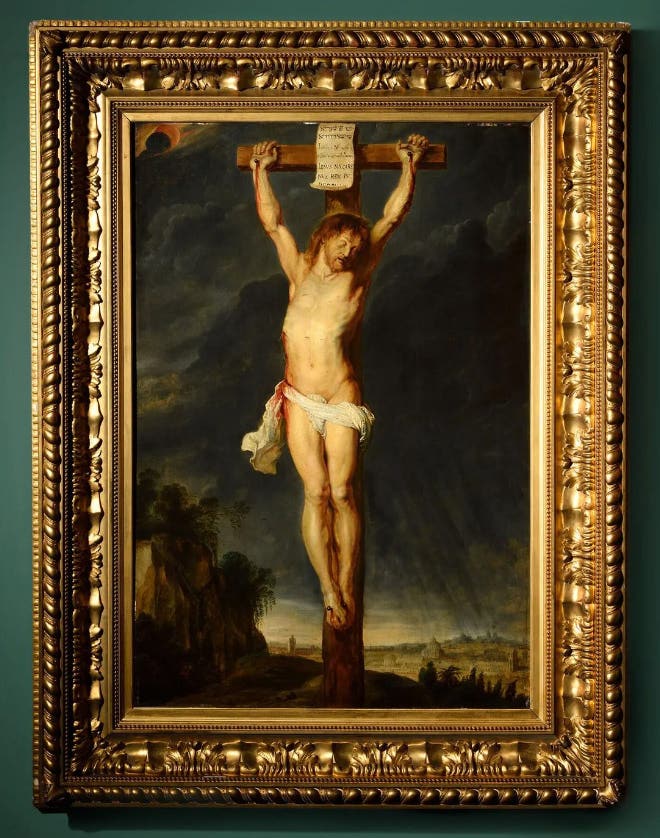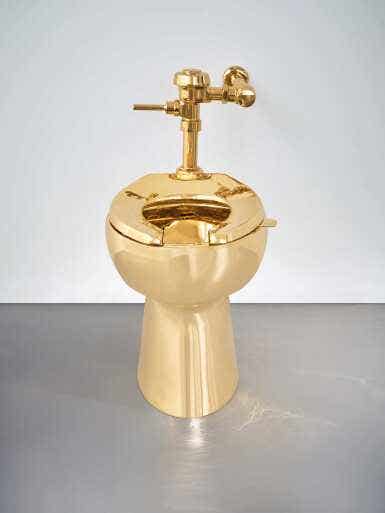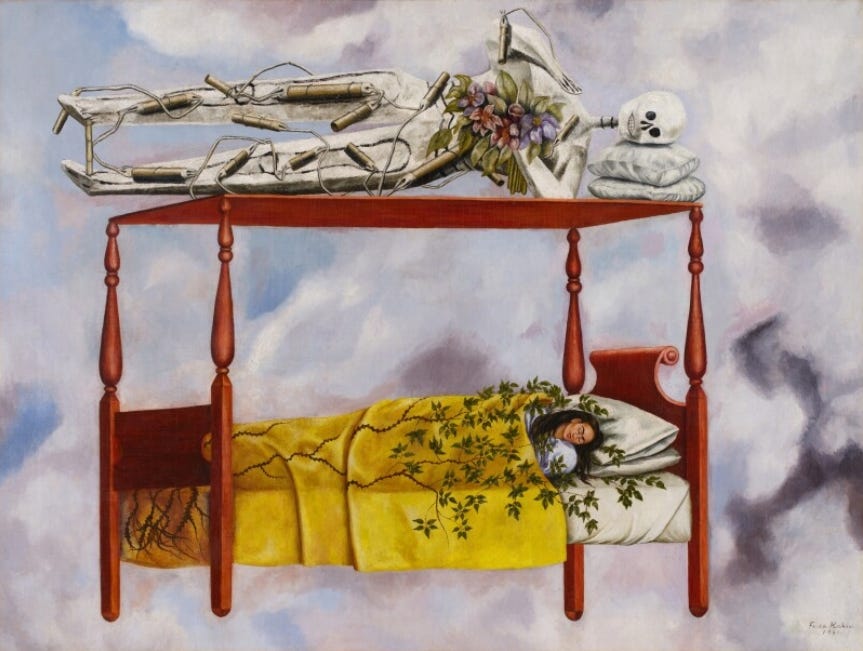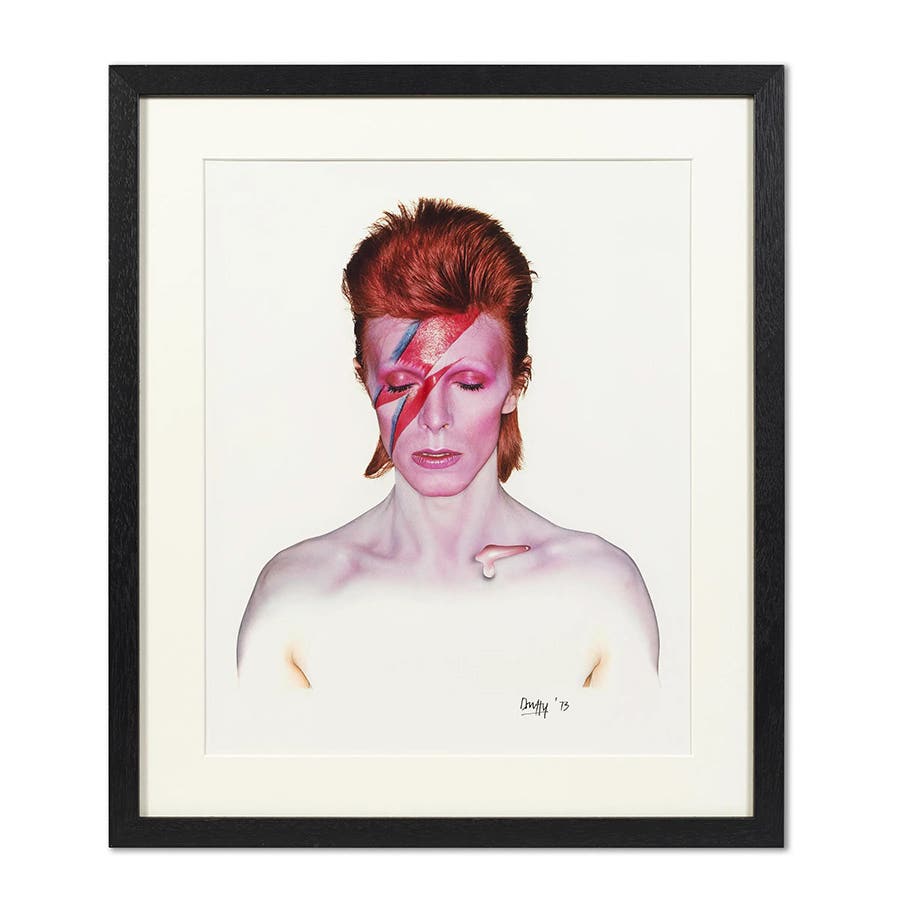Art Aplenty: Appraising the print market
Mary Manion, Arts Market columnist for Antique Trader, examines the subject of fine art prints, including definition of types of prints and current state of the market. A market that some say is driven by collectors.
By Mary Manion
“What print market?”
If you asked about the print market 30-40 years ago, a period of seemingly limitless growth for limited editions of all kinds, the answer was that all the arrows were pointing upward. Nowadays many think the boom time is over.
Evolving Interest in Prints
Back then, in the 1980s and ’90s, a handful of primarily American publishers spurred a bonanza in the print market. This took place by bringing out numbered limited editions of work by aging artists with a reputation. Including Salvador Dali and Erté, and a host of contemporary newcomers. Among those, the hard-edged cover girls of Patrick Nagel to the whimsical and woodsy wildlife of Bev Doolittle.
The publishers temporarily democratized the art market. This makes it appear that middle-class buyers unable to bid at auction is for a Rothko. Much less a Van Gogh, could build affordable collections of multiples unique if only for the number penciled in the lower margin. Implicit was the promise that marketplace value would be sustainable. What happened instead was an oversupply and loss of interest among younger generations.
The proliferation of new limited edition sets coincided with, and encouraged, an era of rising prices for antique prints. The antique market had something going for it that the new print market lacked: except by way of forgery, you can’t produce an antique. The supply was not only limited but dwindling. Surely they would only gain value over time?
Variety In Prints
Antique prints, a label properly assigned to prints created more than 100 years ago, include engravings and etchings. This is a multi-step process of engraving with a tool onto a coated hard surface such as metal or wood. Then transferring the incised image onto paper. Dating from the Middle Ages, this process became an art form in the hands of the 17th century Dutch artist Rembrandt. His work is close to 300 copper plates. With great skill, Rembrandt produced multiple prints from each plate, hence the term multiples, a word often seen in advertising auction print sales.
Lithographs, another type of print using stone (often limestone) instead of metal, are drawn with a waxed instrument onto the surface of the stone. Printmaking allowed the artist to create more than one image from each plate, and with minimal expense and time to produce, prints brought affordable art to the middle class.
Invention Spurs Popularity
Close to the mid-19th century advancements in printing brought a new method of color lithography called chromolithography. As its name implies, chromolithography (“chromo,” from the Greek word for “color”) enabled the reproduction of color images, involving the use of multiple stones and heavily colored inks, richly layered so that the completed print had the look and feel of an original painting. Because the inks were oil-based, fading was less likely to occur.
A popular method by the 1860s, publishers were reproducing images of famous paintings, creating prints with jewel-toned clarity and color. Chromolithography became an inexpensive art for the masses. Reproductions of landscapes and florals as well as seascapes and the well-liked charming Victorian interior scenes such as children playing with puppies or kittens were reasonably priced for a mass market.
Generally affordable today, chromolithographs can be easily found. Prices can range from under $100 to $1,000 and higher with some striking examples on the high end. Domes of Yosemite, a chromolithograph from 1870 after German-American painter Albert Bierstadt’s 1867 original painting, sold at auction in 2016 for $16,000. Arader Galleries’ Auctions, the seller, described the print as “impressive in scale and lavish in detail,” an apt description of what high-end collectors are seeking today.
Aiming to Discern Between Print Types
As an appraiser, identifying the type of antique print is inherent with the task. Likewise, a collector will scrutinize a print before purchase, looking for indicators beyond the image. Not all antique prints are alike in medium, method, and in the case of etchings, state. There are a variety of things to check including the type of paper support; any watermarks that may be on the paper can be assessed to determine age. Dating older antique prints by century is as close as one can sometimes get.
Monograms or signatures should correspond to the source materials on the artist. Often, the work is unsigned, in which case age becomes the most important indicator of who the artist may have been or where the work was made. Collecting antique prints should involve a knowledge of the printing processes and is often encouraged by a love of history or art history.
Prints For Varied Interests
Many antique print collectors have a specific area of interest; a natural history buff might collect the bird and animal prints by John James Audubon or Mark Catesby. Collecting botanicals could coincide with a collector interested in Regency period literature and Jane Austen novels. It is not unusual for history enthusiasts to collect antique maps, town and city views or even the fashions of bygone eras. American Civil and Revolutionary War prints are among the more sought-after of the genre. Sporting prints, English hunting and even old time boxing prints have their following; locomotive and train prints are another popular interest. You might spot a seafarer by an antique engraving of a clipper ship hanging on his or her office wall.
It’s a vast arena and opportunities for beginning collectors or buyers with a limited budget have opened up. While the market for antique prints is down, so are prices and the supply of collectibles is rising.
“Over the past few years the market has become much more of a buyers’ market,” says Robin Starr, Vice President-American and European Works of Art at Skinner, Inc., a fine art auction house headquartered in Marlborough, Mass. “Exceptional and important prints still command heady prices, but generally, the lower the price point the more deals there are to be had. Prices for prints at the more decorative end of the scale are especially soft, creating great bargains for observant collectors.”
Influences On Price
Robert K. Newman, President of The Old Print Shop, a venerable East Coast dealer in prints, has a slightly different perspective.
“Price stability depends on where one looks. Auctions fluctuate all the time, sometimes it is because there is no interest or the wrong people are at the auction. Most of the time today the items have condition issues. My rule of thumb when looking at auction prices online is to ignore a steep spike in value and a steep decline as well and concentrate on the average. Interest is changing in the market place. Items that were hot 20 years ago are generally overlooked today, however, other material that was ignored is selling well at higher prices. Guessing the market is difficult even for professionals.”
In the antique print market Newman sees antique maps as well as “early American impressions, prints made in America before 1810” in demand today.
Factors Impacting Value
Commenting on today’s market, Starr says, “Name recognition, historical importance and rarity still rule the market, but even with name brand works the market is shifting. The disparity between the great works and the run of the mill is rapidly growing more extreme.” Starr adds that even within Audubon’s body of work a turkey or flamingo draw more interest than a titmouse or a wren.
Print collectors develop standards when shopping around. They know their interests and they watch the market sales and offerings. They generally adhere to a price range for any given artist and exercise caution when, in the retail sector, the asking price is too high or low.
A low number can result from the condition of the print; excessive foxing on the paper support, abrasions or tears in the image area, mold on the surface, or faded hand-coloring. A print glued to an acidic board is problematic. If an etching is priced below expected retail, a knowledgeable collector could guess that the plate was well-worn and there are stronger impressions out there.
Impacts of Scarcity
Availability is another factor in low priced prints. Abundance can impact the value of the print. A print with an unreasonably high asking price is less obvious to explain. Typical justification includes the scarcity of the print coupled with the market desire of the work. Some collectors will walk away from a purchase because they don’t want to pay that much, sometimes with regret for “the one that got away.”
The same can hold true in the auction arena. Says Starr, “Every collector has his or her own budget, but most collectors are savvy enough to look at market trends and recent sales records, so in general, bidders don’t tend to go far above market parameters. The exception is for rare and exceptional prints.”
Newman observes, “There is no price range that is specific to printmaking and print collecting. As an example, in my inventory prices range from $100 to $375,000 and some prints can sell for over $1,000,000. That being said, specific areas have ingrained price ranges and price ceilings, if you exceed these the items will not sell.” Newman adds, “For Currier & Ives, as an average, are well under $10,000, there is a group between $10-$30,000 and one or two that will exceed that cap.”
Appeal of Currier & Ives
Currier & Ives, the New York-based titans of popular printmaking of the 19th century, produced as many as a million lithographs by the time The Old Print Shop opened its doors in 1898. Featuring an impressive inventory of Currier & Ives prints and backed by decades of watching market trends,
Newman views the current shift this way: “I finally have a small but growing group of younger people collecting Curriers. This is something that I am watching and is new, a year or so,” he says. “The older collectors are still actively looking for the item that escaped them, however this group is really only interested in the really rare items or the impressions that are in spectacular condition.” He broadens the discussion, “Like every collectible, we need a younger audience. I hear this with paintings, glass, furniture, photography, prints, almost every area of collectibles that I know of.” He cites economic issues including college debt, low wages and high housing prices preventing younger collectors’ involvement in collecting art.
Online Accessiblity
With the next generation idle in the marketplace, the field widens for today’s collectors. “Baby-boomers, who were once the main collectors of antique prints (and of antiques in general) are aging out of the market.” Says Starr, “As they downsize and retire they are selling rather than buying. The good news is that this means some great works are coming back to the market. The down side is that the younger generations are not collecting material in large numbers. The result is a growing inventory of prints is available in large numbers. Thus, the great prints garner terrific prices and all of the rest is less in demand. And a work in mediocre condition is less tolerated than before. The high supply ratio means that collectors can – and should be – more picky.”
The proliferation of online sales and auctions have made the market more accessible to collectors. Browsing websites can begin with a casual interest in print collecting and advance to investment purchases. If the buyer is well-informed. The viewer must rely on condition reports when available and peruse the details and be mindful of the adage of caveat emptor (buyer beware) before closing in on the purchase.
Print Perspective
Newman weighs in on collecting online: “What bothers me about the online world of collecting is that connoisseurship is totally lost,” he says. “People just spend money, sometimes they get a great deal, most of the time they purchase a lemon. Online auctions are great for professionals that know what they are doing. They avoid the pitfalls and go after the bargains, often making the bargains not so much a bargain anymore. I advise customers to tread carefully with online auctions. Even at live auctions, until they develop an eye to pick out the fakes and issues. Once burned, most clients do not come back into the marketplace.”
With global online shopping, the marketplace for collectors has broadened. Peter Dickins, of H.C. Dickins Ltd., dealers in fine art since 1887, shares his perspective from the UK: “The internet has made it possible to find almost anything a collector is looking for wherever they are in the world,” he says. “It has created a problem in that people think they can always find what they are looking for cheaper elsewhere. This may be true but they are not necessarily taking into account the quality of the item they are looking at. That being said the market for high quality antique prints is stronger than for poor quality later impressions. The volume of sales is less than it was a few years ago. However, it is easier to sell a good quality print than an inferior quality print.”
Audience In Driver's Seat
Have online auctions increased an interest in antique print collecting? “Ultimately no,” Starr says. “The audience is driving the interest at present, and the audience is shrinking. Online auctions have changed how the audience buys however. Fewer bidders come to the auction room. They can now receive detailed condition reports and high-resolution images of prints they are considering. Retail galleries are seeing the same trends.”
The future is largely unreadable but one thing is clear: As time moves forward, the number and variety of prints definable as “antique” will continue to grow.
Within the next 10 to 15 years Art Deco multiples will fall under the traditional definition of antique. In addition, items such as the signed, unnumbered but limited editions of great Depression era American artists. Including Rockwell Kent, Grant Wood and Thomas Hart Benton produced in the 1930s by the New York publisher Associated American Artists. Currently, they are a steal, and can be had in prices from $500 to $1,500 or higher. If interest in early Modernism continues their value will only increase.
